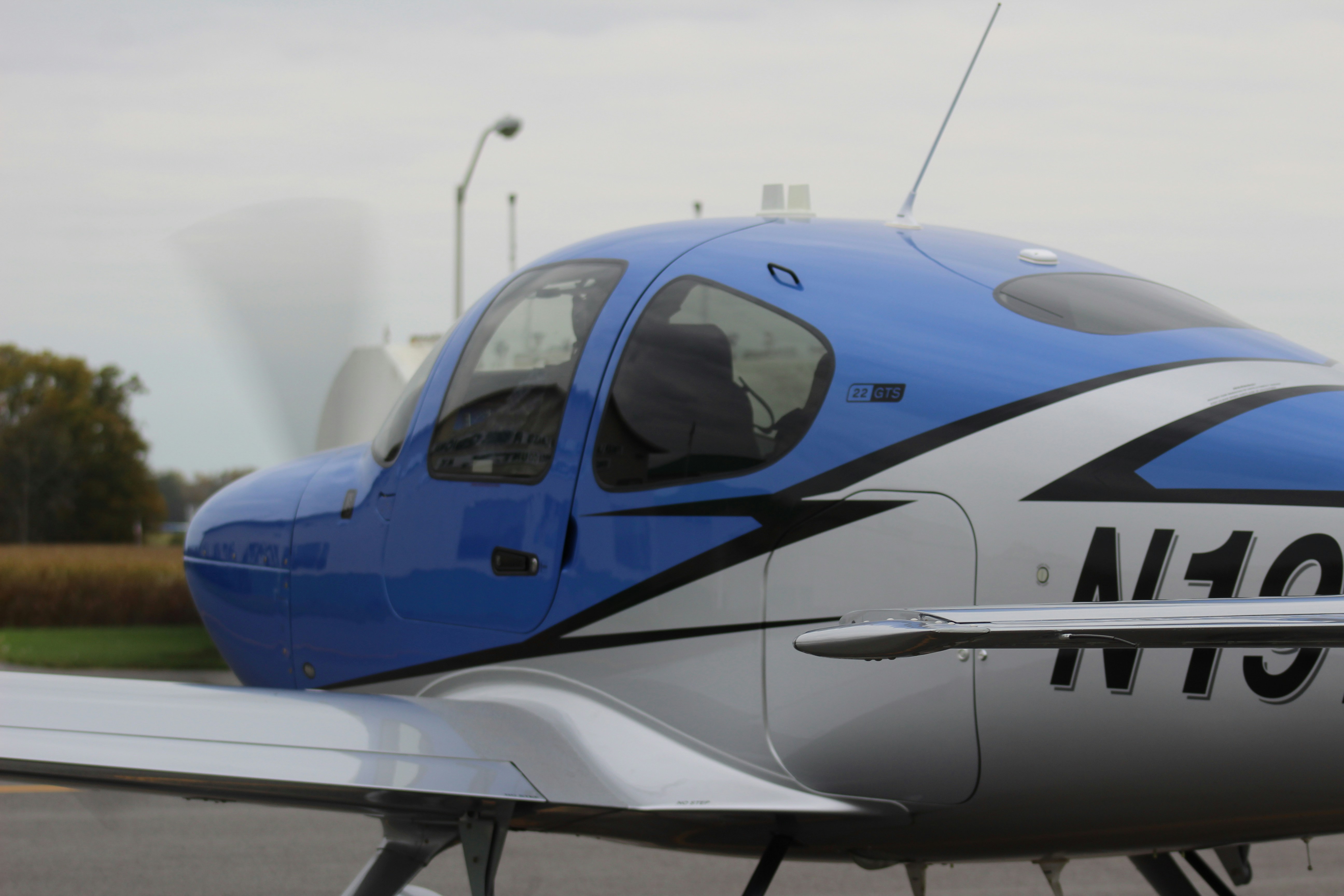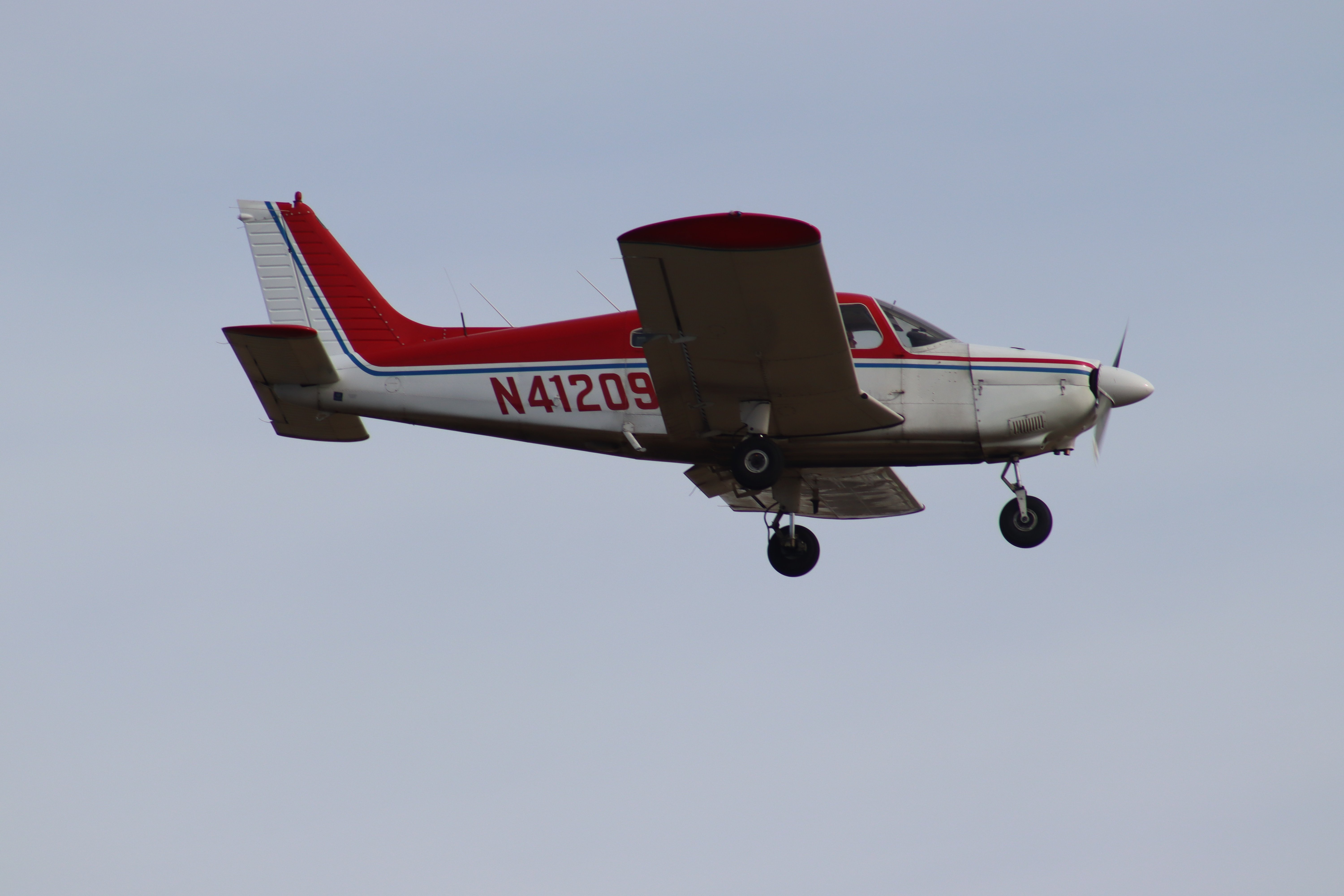How Circling Approaches Go Wrong
The ability to circle to land from an instrument approach offers pilots an option to get on the ground, not just in instrument conditions, but when air traffic control (ATC) delays and another runway is available or if the prevailing winds favor another runway. The whole procedure should be simple. All pilots must do is fly an approach to the airport and then maintain minimum descent altitude (MDA) until they are in visual contact with the runway and within their approved circling radius.
Yet, for some reason, many pilots, regardless of experience, have found themselves in difficult circumstances from improperly handling the circling procedure. Here are a few problems pilots encounter with circling approaches and how you can avoid them.
Failing to level off at the MDA
Failing to level off properly at the MDA is an error that can make the approach unnecessarily challenging. Typically, this happens when pilots allow the airplane to fly them (rather than the other way around), neglecting to anticipate and prepare for what comes next on the approach.
Instead of using their descent rate to estimate when to initiate the leveling off and when to add power to maintain airspeed, they fly the approach right to the MDA and end up woefully behind. Usually, this is where a good approach goes bad quickly.
By using callouts, you can create mental cues to configure the airplane ahead of each point and avoid these errors.
Not correcting for winds
Another reason many circle-to-land approaches go wrong is the failure to correct for winds. After all, pilots usually perform these procedures when the instrument approach system for the landing runway is either inoperative or they want to save time based on the direction from which they are approaching the airport.
That means the winds will not be down their nose but somewhat lateral on their approach to the MDA. Failure to maintain the course could prove detrimental by the time they get to the MDA because they will be even more off-course.
To avoid this, you must set and fly a proper wind correction angle that keeps you tracking the final approach course.
.gif?width=1014&height=570&name=AdobeStock_413366349%20(1).gif)
Forgetting to fly the airplane first — especially in an emergency
When dealing with an emergency while circling to land, pilots still need to maintain the golden rule of flying—fly the airplane. Depending on the severity of the emergency, attending to it while in a critical phase of flight may not be prudent.
You must use your best judgment to either abandon the approach early and go into a holding pattern to deal with the emergency or, if practical, maintain control of the aircraft and land.
If flying a multi-engine aircraft with an engine failure, you will have to turn into the dead engine at some point. Don't panic. As long as you maintain your zero-side-slip posture, you should be able to maintain control of the aircraft.
More than ever, anticipating the leveling off at the MDA is important, considering that with the loss of the engine, you may have lost 80 percent of performance and may be unable to climb. Alternatively, if you've lost a primary instrument, quickly pivot to your secondary panel and resist the urge to fly the airplane any differently than you would normally. As always, small deviations only require small corrections.
Not knowing when to go missed
Problems can compound when circling at night, under low but allowable visibility, yet at an unfamiliar airport. Unless pilots have familiarized themselves with the airport surroundings and established visual cues they plan to use for reference points, they can waste valuable time when delaying the turn to the landing runway.
If you don't have visual contact or lose it on the circle, then you should execute a missed approach. To go missed, you need to intercept the missed approach from the original straight-in procedure to avoid hitting anything. Therefore, it includes climbing as well.
If you master these primary considerations, regardless of what happens in flight, a circle-to-land option provides you with a reasonable solution for getting on the ground quickly.
For more information, and to brush up on your knowledge of circling approaches, review the FAA Instrument Procedures Handbook.
Share this
You May Also Like
These Related Articles

22-Mile Final

3 IFR Holds To Perfect in a Flight Simulator
.jpg)